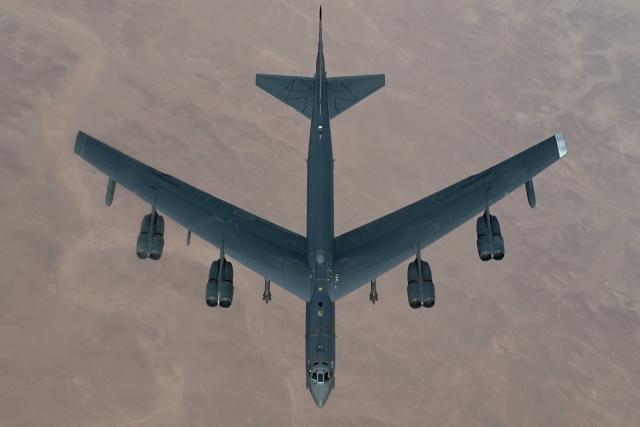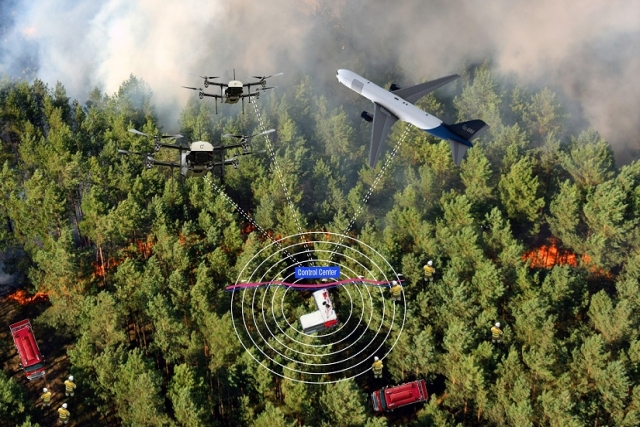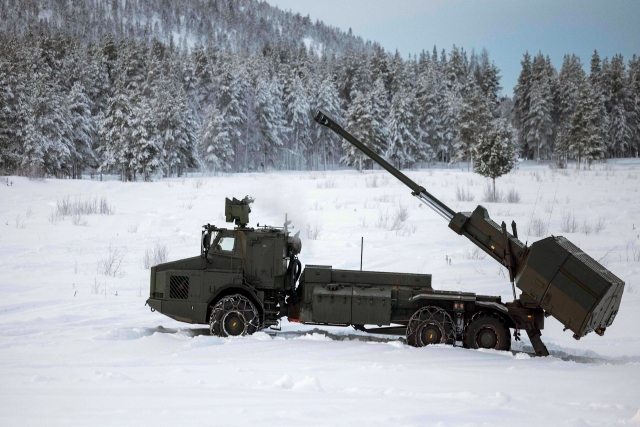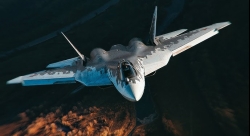Iranian Loitering Munition "Product-358" Intercepts Turkish Aksungar UAV over Syria
Details of when and where the interception was made is unclear

Iranian subsonic loitering muitions- surface-to-air missiles and multirole tactical missiles, referred to as "Product-358," have proven their effectiveness within the air defense units of the pro-American Kurdish Syrian Democratic Forces (SDF), who successfully intercepted a Turkish UAV TAI Aksungur.
Details of when and where the interception was made is unclear but its use was confirmed by sources of the authoritative Russian Telegram outlet, Russian Weapons.
it is not entirely clear how this SAM/multirole missile ended up in the possession of the SDF. However, the most plausible versions are as follows:
It may have come from Iranian "packages" of military-technical support for the Yemeni Houthi rebels from the US Navy, seized in the Gulf of Oman.
It could have been captured from the arsenals of Hezbollah's Kataib unit under Abu Kamal.
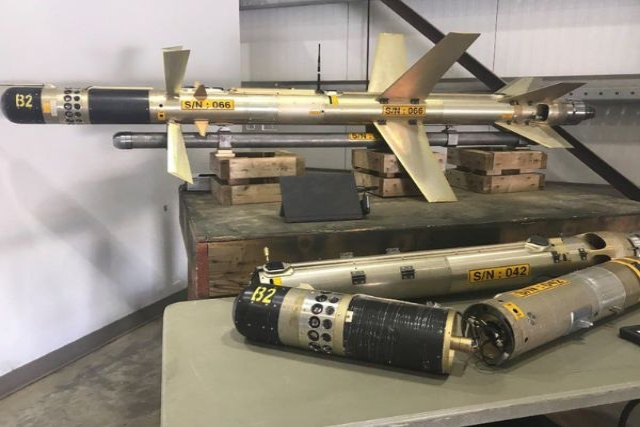
The "Product-358" is equipped with an optoelectronic homing system (HSN) based on both a television and infrared sensor. Moreover, the missile appears to have a command-telemetry communication line with a combat control point, indicated by an omnidirectional antenna on the HSN fairing. This allows the operator to adjust the trajectory in the terminal phase, ensuring reliable target coverage with a fragmentation or rod warhead.
Regarding the aerodynamic control surfaces, Iranian engineers utilized the well-proven "canard" configuration with "butterfly" type tailfins. This configuration and construction are similar to those found on Soviet/Russian medium- and long-range air-to-air missiles such as the R-27R/ER and R-27T/ET. These control surfaces allow for operation at higher angles of attack and prevent aerodynamic instability during large-angle turns.
The "Product-358" missile's speed is estimated to range from 650 to 1050 km/h (similar to our "Product 305" subsonic LMUR), indicated by the not tightly fitting transparent fairing of the GLONASS correction antenna and the four modules placed ahead of it. It is important to note that the speed and altitude parameters of the "Product-358" do not allow for the interception of Turkish F-16C/D Block 50 fighter jets on a pursuit course, nor in most cases on a head-on course. An interception can only be achieved if the "Product-358" is launched in advance into the forward hemisphere of the approaching F-16C/D at an altitude of 3500 to 6500 meters.


